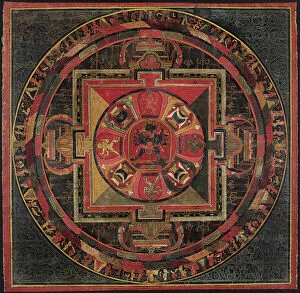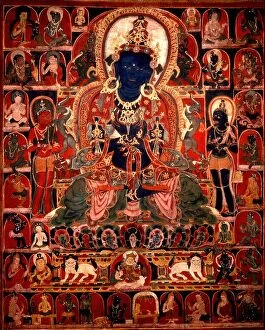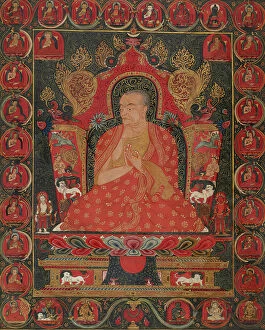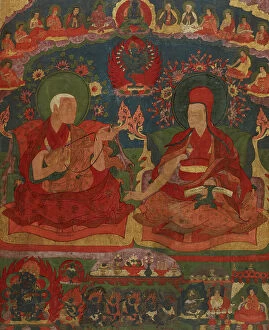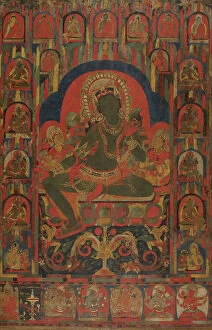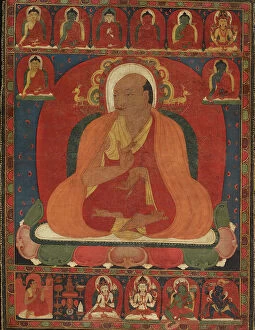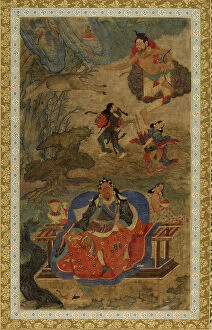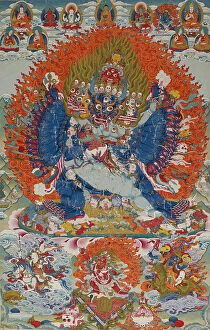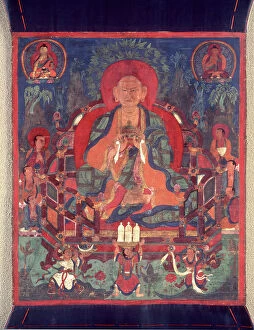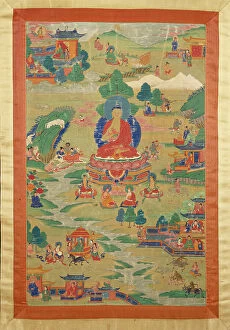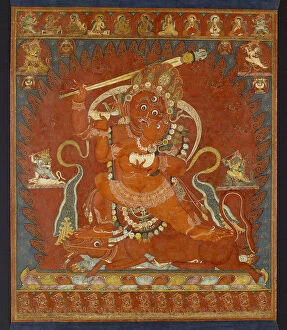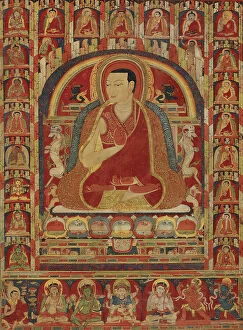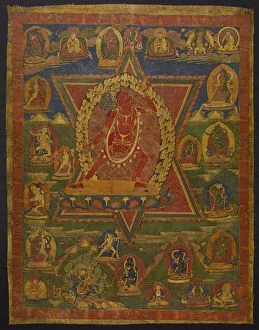Tempera On Cloth Collection
Tempera on cloth is a unique and ancient art form that dates back to the Byzantine era
For sale as Licensed Images
Choose your image, Select your licence and Download the media
Tempera on cloth is a unique and ancient art form that dates back to the Byzantine era. This technique involves using pigments mixed with egg yolk or other binders to create vibrant and long-lasting paintings on fabric. The smooth texture of the cloth allows for intricate details and precise brushwork, resulting in stunning works of art that can be displayed as tapestries or wall hangings. Unlike traditional canvas paintings, it offers a different aesthetic appeal with its soft and flexible surface. Artists have been known to use this medium to depict religious scenes, historical events, or even everyday life in exquisite detail. The durability of tempera paint ensures that these artworks will stand the test of time, making them valuable pieces for collectors and enthusiasts alike. Whether used for decorative purposes or as a means of storytelling, tempera on cloth remains a popular choice among artists looking to explore new techniques and materials. Its versatility allows for experimentation with color mixing, layering, and shading techniques that can result in truly breathtaking compositions. So next time you come across a piece artwork, take a moment to appreciate the skill and craftsmanship that went into creating it.

